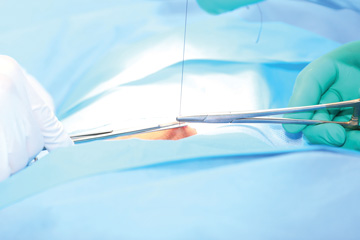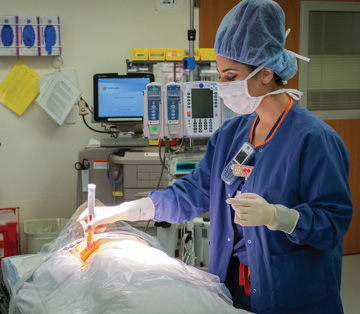Surgical site infections (SSIs) are among the most common and costly of all healthcare complications, yet as many as half are considered preventable. While costs of treating SSIs vary widely based on the degree of infection and the site of surgery, the estimated average expense can be more than $25,000.
At my former hospital, we worked hard to implement the infection prevention guidelines and recommendations contained in the national Surgical Care Improvement Project. However, frustrations continued to mount as our 20% post-op infection rate persisted. We knew we had to do something more to improve patient care.
After quizzing the perioperative staff, we realized that they were familiar with best practices, but undervalued how important it was to abide by them during each case. A mix of working with them to get them to think differently about the practices and realize how important they are, along with streamlining and standardizing our processes led to a 13% decrease in SSIs in just a few months. To improve upon those results, I implemented a facility-wide SSI prevention protocol for colorectal surgery to explore the impact a standardized closing process had on infection rates, because the practice had been largely decided on a case-by-case basis as well as by surgeon preference.
The project was based on AORN guidelines for reducing infection in colorectal surgery using the bundle methodology and included 26 circulating and scrub nurses. The study took place over a period of three months with the surveillance data for SSIs coming from the month prior to the study’s implementation and for two consecutive months (the time that corresponds with how SSIs are defined). As a result of the initiative, colorectal surgery infections were reduced to 7%. Here are some of the keys to our success.
.svg?sfvrsn=be606e78_3)


.svg?sfvrsn=56b2f850_5)